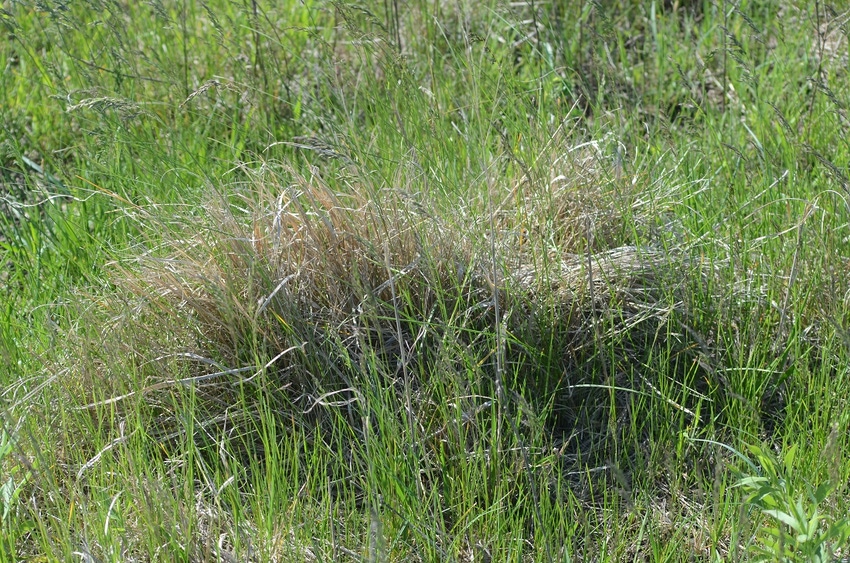
One evening in December we were mixing up a big batch of multi-grain waffles that included rolled oats, flax seed, sweet potatoes, apples and cranberries. The phone rang and a friend/client from 400 miles west was telling me that he had an important question.
My reply was that I was only up to my elbows in batter and waffle irons, "but lay it on me," I said.
Harry said he had some pretty fescue pastures that had regrown since early August. The cattle had been there for six weeks or better and were not looking very good.
My reply was that it sounded close to what I would expect and I told him I was tickled that he was paying close attention. Then I asked what percentage of the sward mixture was brown.
"R.P., the sward is green," he replied.
"What is happening?" was his next question.
I asked, "Harry, did you see the jungles we were grazing in late 2016 when you were here in Tennessee?"
I continued along these lines: The cattle need brown or some maturity in the pasture. That is part of what plant diversity is all about. We actually need those brown jungles all winter and spring with a green understory that consists of several species of grasses, legumes, and forbs. A little brush is good. With daily fresh cuts, I don't remember ever seeing cattle that did not perform and look good in four to six weeks. A little supplement helps keep them working.
I seldom have seen cattle do good on pretty, 100% green, cool-season plants for any length of time unless they were very light, meaning less than 500 pounds, heavily supplemented, and/or had hay in goodly amounts fed several times weekly. The hay needs to have a good percentage of taller, warm-season grass components. Wheat straw has often been used with degrees of success.
There is a lot more to cattle health and performance than just opening a gate occasionally. The more chemical fertilizer, pasture clipping and prettier the pasture, the more this is true. Plant diversity is a big deal.
Harry was not sounding happy.
My reply was, "Hell, Harry, you haven't drug any girls or boys off lately, have you?"
"Why not unroll a couple of rolls of stemmy hay and see what happens?"
I knew Harry has both equipment and hay. I suggested just giving coarse hay a try and see what happened.
He asked what to expect.
"I'll be surprised if the cattle don't clean the hay up in short order and look better in less than three hours," I said.
The story here is that brown is powerfully good when mixed with green out in the pasture. If your pastures are mostly green and cool-season immature small grains as two major components then your cattle need brown, and the best brown is taller, warm-season plants.
Alan Newport tells me regularly that they see a similar situation in his country on short warm-season grass after a burn when they have good moisture and fast growth in April and early May.
The fescue deal tends to last longer -- lots longer. Animal health and productivity can suffer much more as time goes by. Mature cattle and cattle that are growing more slowly due to age show effects and signs faster than 400-pound calves. This can be a big deal a couple of weeks into the breeding season for fall-calving herds. The same is true of grass finishing long yearlings.
The take-home message is that high plant diversity with plenty of plant maturity and lots of brown is healthy for our cattle in the long term. If the pasture is mostly green and cool-season plants are in the majority then we need to add goodly amounts of long-stem hay on a regular basis. The results you'll get are proof of "the power of brown."
By the way, if you're not paying attention to these four components you should likely start examining these four things:
Manure: Needs to stack, not sheet.
Tails: Needs to be clean, not covered in manure.
Belly fill: Cattle need to be full.
Cud chewing: When the cattle aren't grazing, 80% of them need to be chewing their cud.
About the Author(s)
You May Also Like






